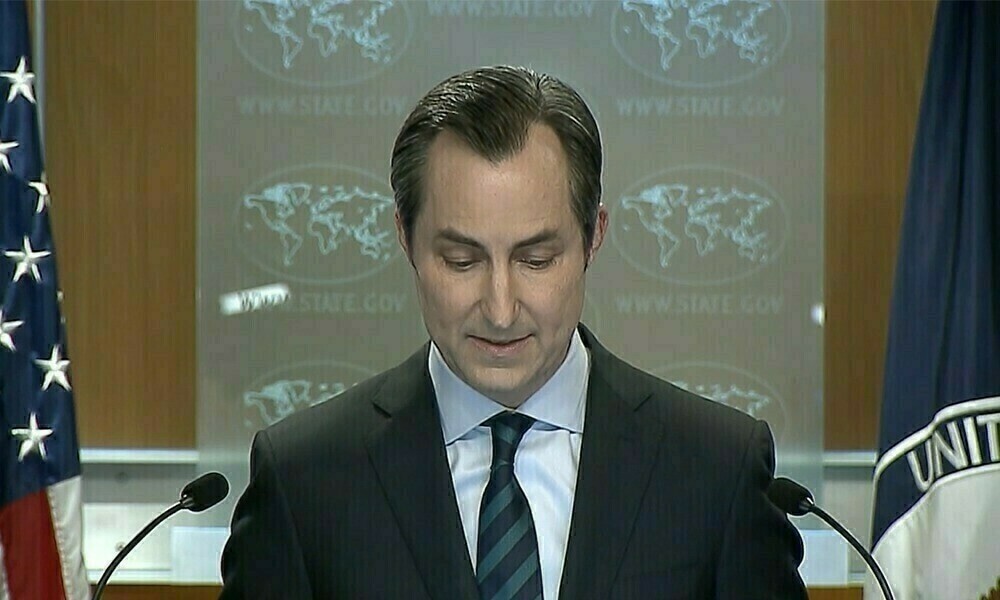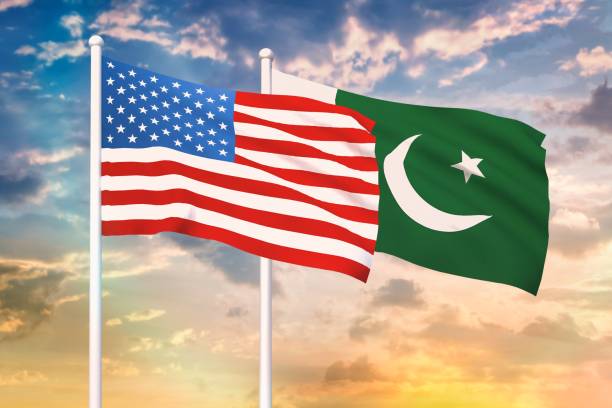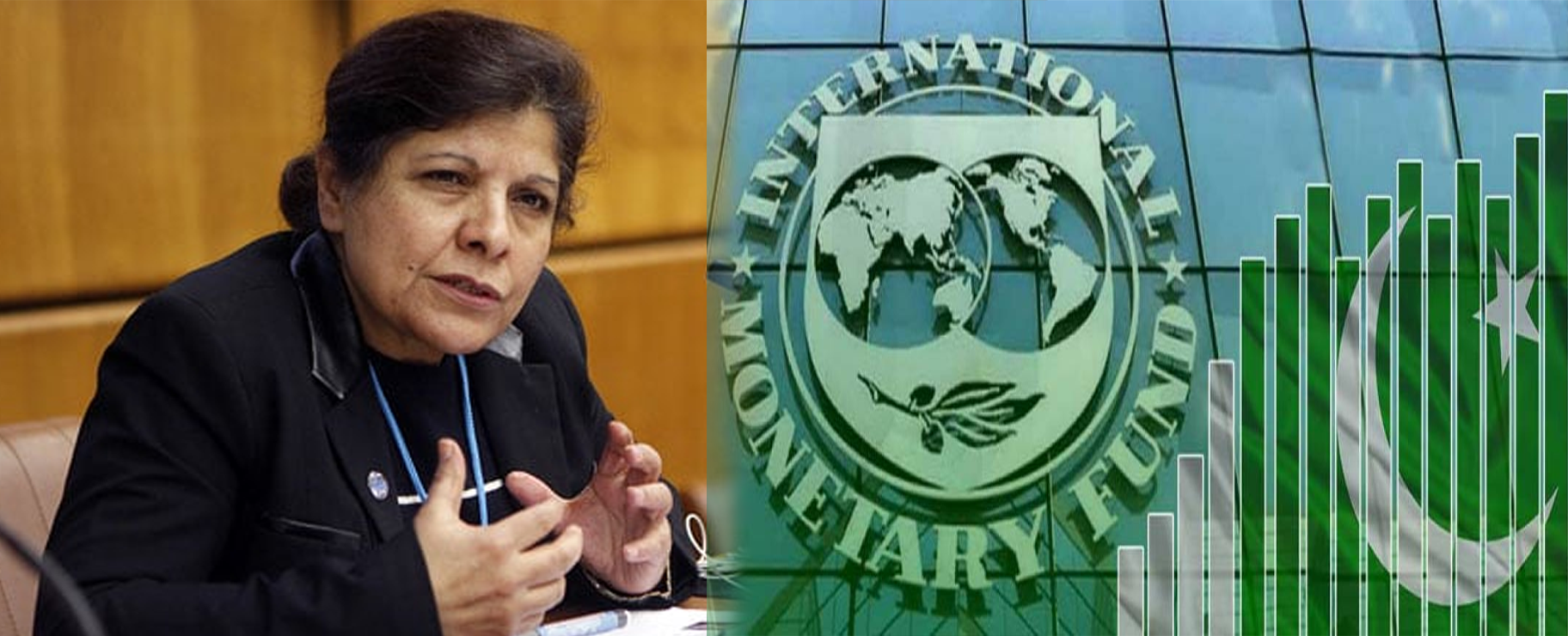The United States and Pakistan have reached a major agreement to collaborate on developing Pakistan’s vast oil reserves. The deal, revealed on social media by Trump, marks a turning point in US-Pakistan economic cooperation, especially in the energy and trade sectors.
“We have just concluded a deal with the country of Pakistan, whereby Pakistan and the United States will work together on developing their massive oil reserves,” Trump wrote.
According to Trump, the two nations are in the process of selecting the oil company that will spearhead this joint venture. He even hinted at the potential for Pakistan to become a regional supplier: “Who knows, maybe they’ll be selling oil to India some day!”
While Trump’s social media announcement focused on the oil partnership, he made no mention of tariffs. However, Pakistan’s Ministry of Finance issued a separate statement on Thursday confirming that the agreement includes trade relief—specifically a reduction in reciprocal tariffs, particularly benefiting Pakistani exports to the United States.
“This deal marks the beginning of a new era of economic collaboration, especially in energy, mines and minerals, IT, cryptocurrency, and other sectors,” the ministry said.
The announcement comes as welcome news for Pakistani exporters who had been facing a looming 29% tariff under measures announced by the US in April 2025. Those tariffs had been temporarily suspended for 90 days, allowing time for negotiations. With this new agreement, it appears both sides have reached a mutually beneficial outcome.
This strategic deal aligns with the broader US goal of strengthening ties with key Asian countries to counterbalance China’s growing influence in the region. The United States has designated Pakistan as a “major non-NATO ally,” which allows for deeper defense and economic cooperation.
Last week, Pakistan’s Foreign Minister Ishaq Dar revealed that talks with Washington were nearing finalization. Speaking after his meeting with US Secretary of State Marco Rubio, Dar said both sides were “very close” to concluding a deal.
“Our teams have been here in Washington discussing, having virtual meetings, and a committee has been tasked by the prime minister to fine-tune now,” said Dar.
Following the high-level meeting, both the US State Department and Pakistan’s Foreign Ministry emphasized the need to expand trade ties and cooperation in key sectors like critical minerals and mining.
According to data from the Office of the United States Trade Representative, total goods trade between the US and Pakistan reached an estimated $7.3 billion in 2024, up from approximately $6.9 billion in 2023. Despite this increase, the US recorded a trade deficit of $3 billion with Pakistan in 2024—a 5.2% increase from the previous year.
The new trade agreement is expected to not only balance this trade gap but also open up new investment avenues. With Pakistan offering untapped oil reserves and a rapidly evolving technology sector, the deal could be the first step in building a broader strategic alliance between the two countries.
In contrast to the friendly tone toward Pakistan, Trump announced earlier in the same week that the United States would impose a 25% tariff on goods imported from India starting Friday. Trade negotiations with India are still ongoing, with Trump stating that talks have yet to result in a satisfactory agreement.
This divergence in US policy toward South Asia’s two major countries reflects shifting geopolitical dynamics and presents Pakistan with an opportunity to deepen its strategic relevance to Washington.
With the oil partnership in motion and tariff relief on the horizon, both countries seem eager to build a long-term economic relationship. For Pakistan, the deal represents a chance to leverage international expertise to develop its natural resources while gaining better access to the lucrative US market.
For the United States, the partnership serves not only economic interests but also geopolitical strategy, as Washington seeks to strengthen regional allies in its broader contest with China.




